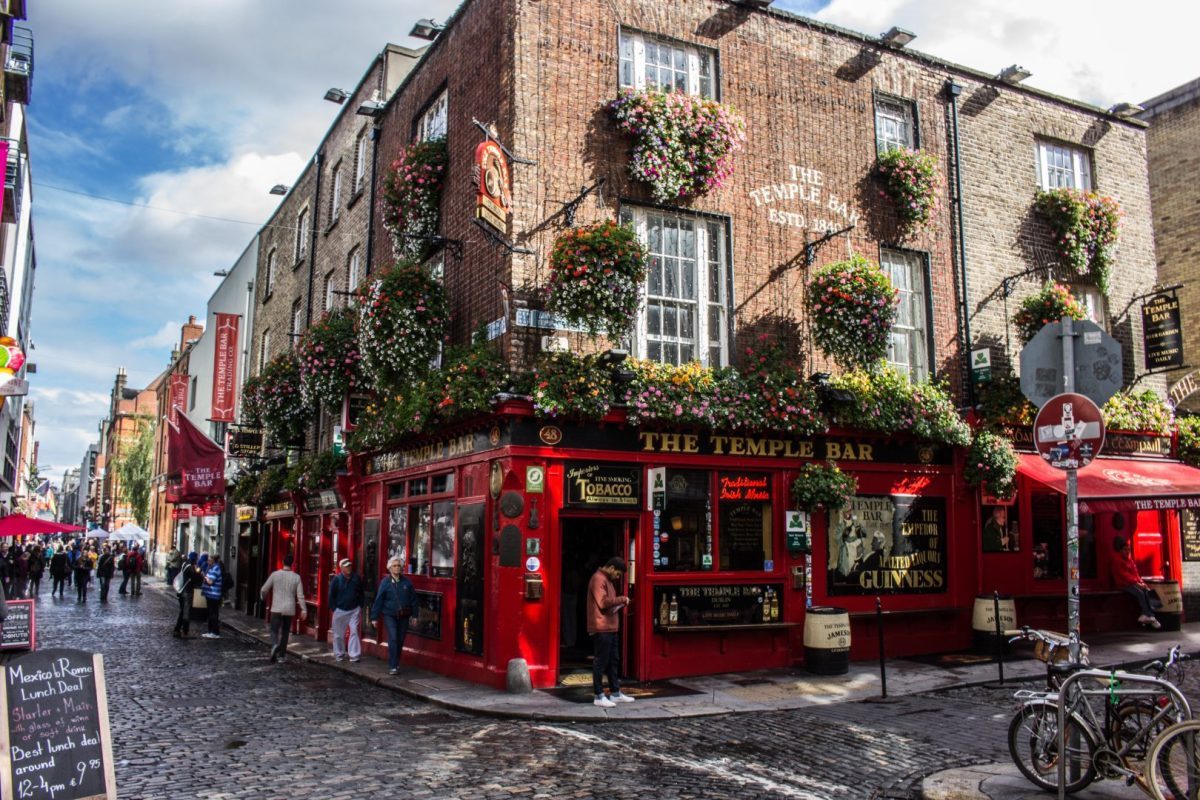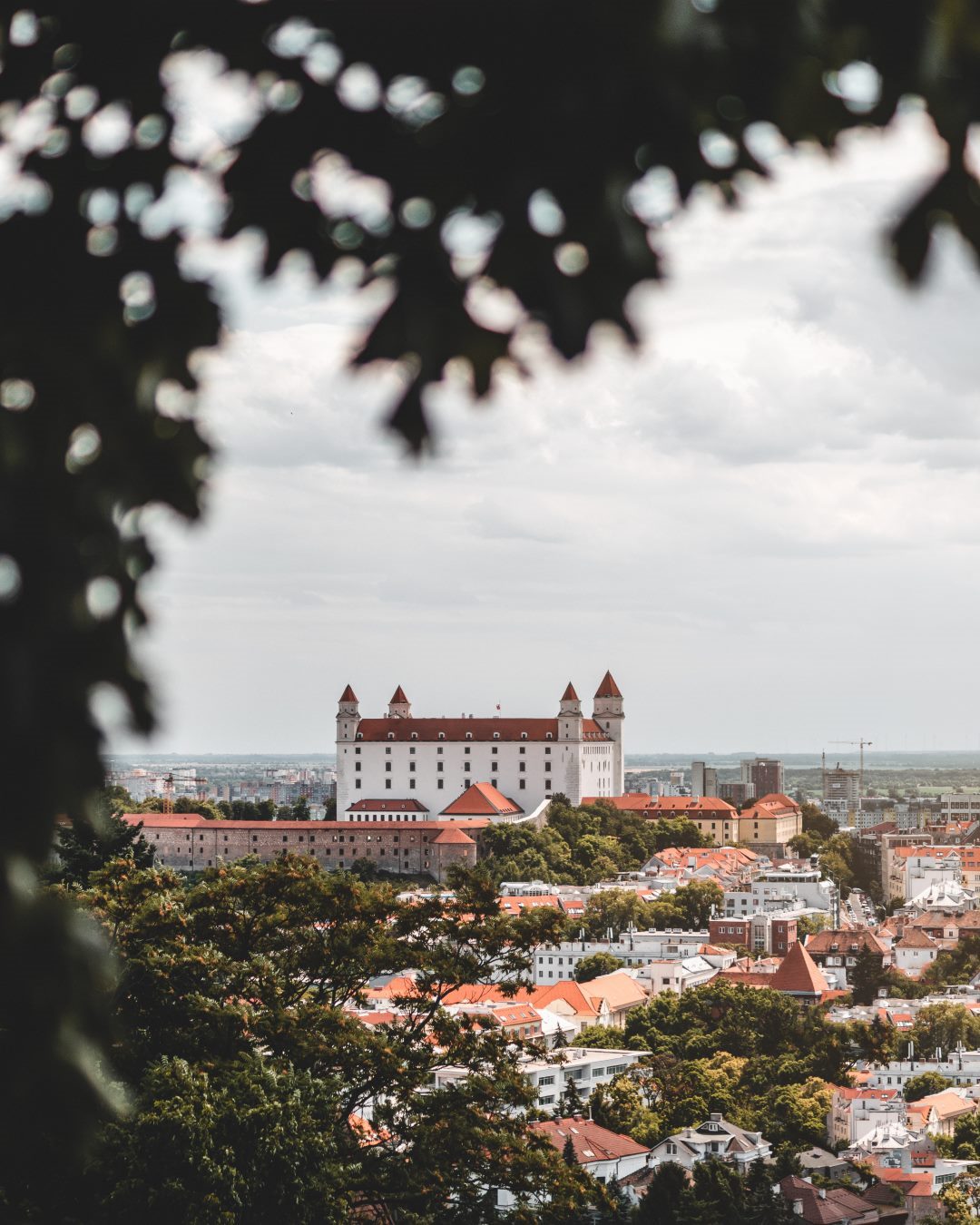How to Plan Your Visit at Dublin’s Irish Famine Exhibition
Are you planning a trip to Dublin and looking for a unique way to learn more about Irish history? The Irish Famine Exhibition at the Stephens Green Shopping Centre is a must-visit attraction. This exhibition features rare 19th century photographs and storyboards that showcase the horrors of the Irish Potato Famine. In this guide, we’ll walk you through how to plan your visit to the exhibition.Experience
The Irish Famine Exhibition is a one-of-a-kind experience that’s both educational and emotional. With informative storyboards and rare photographs, the exhibition takes visitors through the history of the Irish Potato Famine. You’ll learn about the workhouses, evictions, coffin ships, and diseases that plagued Ireland during this tragic time. By the end of the exhibition, you’ll have a deep understanding of the real story behind the Irish Potato Famine.Highlights
One of the highlights of the Irish Famine Exhibition is the rare 19th century photographs of Ireland. Many of these photographs have never been seen before, and they provide a glimpse into the daily lives of Irish people during the famine. In addition, the exhibition offers a poignant perspective on the political, social, and cultural factors that contributed to the famine.Planning Your Visit
Location and Hours
The Irish Famine Exhibition is located on the 2nd floor of the Stephens Green Shopping Centre, and it’s open every day from 12pm to 6pm. The exhibition is easily accessible by public transport, with a Luas tram stop just outside the shopping centre.Tickets and Admission
To visit the Irish Famine Exhibition, you need to purchase an entry ticket. You can book your entry ticket online through GetYourGuide, a third-party ticketing platform that offers a seamless booking experience. The ticket costs €10 per person, and it includes access to the entire exhibition. Book your entry ticket hereDuration of Visit
We recommend allowing at least one hour for your visit to the Irish Famine Exhibition. This will give you enough time to explore all the storyboards and photographs and to fully immerse yourself in the history of the famine.What to Expect
The exhibition is split into various rooms, each containing storyboards that explore different aspects of the Irish Potato Famine. You can expect to see rare 19th century photographs, read about the history of the workhouses and evictions, and learn about the devastating effects of disease on the Irish population. Each storyboard is informative and well-organized, making it easy to follow the progression of events during the famine.Book Your Tour Now
The Irish Famine Exhibition is a must-visit attraction for anyone interested in Irish history. With rare photographs and informative storyboards, the exhibition provides a poignant perspective on the Irish Potato Famine. By following the steps in this guide, you can plan a seamless visit to the exhibition and gain a deeper understanding of this tragic chapter in Irish history.
Frequently Asked Questions About Dublin
Dublin is a city that is filled with history, culture, and friendly locals. Whether you’re planning to visit or you’re already there, you may have some questions about the city. Here are some of the most frequently asked questions about Dublin.1. What is the weather like in Dublin?
The weather in Dublin is mild and temperate, with an average temperature of around 50 degrees Fahrenheit. Summers are typically cool and rainy, while winters are mild but also rainy. The best time to visit Dublin is during the spring or fall when temperatures are milder and there are fewer crowds.2. What are some of the top things to see and do in Dublin?
Dublin is a city that is rich in history and culture. Some of the top things to see and do in Dublin include:- Visit the Guinness Storehouse to learn about the history of Ireland’s most famous beer
- See the Book of Kells at Trinity College
- Visit St. Patrick’s Cathedral
- Take a walking tour of the city to learn more about its history and architecture
- Explore the lively pubs and bars throughout the city
3. How do I get around Dublin?
Dublin has an excellent public transportation system that includes buses and trains. The train, known locally as the DART, runs along the coast and is a great way to see the countryside around Dublin. The bus system is extensive and has routes that go to both the city center and the suburbs. Taxis are also readily available, but can be expensive.4. What should I know about tipping in Dublin?
Tipping in Dublin is similar to tipping in other parts of Europe. It is not expected, but it is appreciated for good service. If you do choose to tip, 10% is customary for restaurants and cafes. For taxis, rounding up to the nearest euro is sufficient.5. What are some traditional Irish dishes that I should try when in Dublin?
Ireland is known for its hearty, comforting dishes. Some traditional Irish dishes that you should try when in Dublin include:- Irish stew, a hearty lamb and vegetable stew
- Boxty, a potato pancake that is often served with bacon or sausage
- Colcannon, mashed potatoes that are mixed with cabbage or kale
- Coddle, a hearty sausage and bacon stew
- Soda bread, a dense, crusty bread that is often served with butter
6. What is the nightlife like in Dublin?
Dublin is known for its lively nightlife, with pubs and bars throughout the city. Many of the pubs have traditional Irish music sessions, where talented musicians play traditional music in a relaxed and friendly atmosphere. The Temple Bar area is known for its nightlife, with many pubs and clubs open late into the night.7. Are there any festivals or events in Dublin?
Dublin is a city that loves to celebrate, with festivals and events throughout the year. Some of the top festivals in Dublin include:- St. Patrick’s Festival in March
- Bloomsday in June, which celebrates the life and work of the writer James Joyce
- The Dublin Fringe Festival in September, which showcases the best of Irish theater and performance art
- The Dublin Marathon in October
8. What should I know about the local customs in Dublin?
Irish people are known for their friendly and welcoming nature, so don’t be surprised if you strike up a conversation with a stranger or if someone offers to buy you a drink. When entering a pub, it is customary to order your drink at the bar first before finding a seat. If you’re in a hurry, don’t be afraid to ask for your bill, as it is not usually brought to the table automatically.Book Your Tour Now
Dublin is a vibrant and friendly city that is filled with history, culture, and great food. Whether you’re planning to visit or you’re already there, knowing a few key facts about the city will help you get the most out of your trip. With its fantastic public transportation system, lively nightlife, and welcoming locals, it’s no wonder why Dublin is one of Europe’s top destinations.
How to Spend Your Time as a Tourist in Dublin
Dublin, the capital of Ireland, is a vibrant city filled with rich history, culture, and natural beauty. As a tourist, there are many things you can do to enjoy your stay in Dublin. In this guide, we will explore the top activities, attractions, and experiences you can enjoy as a tourist in Dublin.1. Visit Dublin’s Historic Sites
Dublin is home to many historic sites that date back centuries. These sites are a great way to immerse yourself in the city’s rich history and culture. Some of the top historic sites to visit in Dublin include:Dublin Castle
Dublin Castle is a must-see for any visitor to the city. The castle was built in the 13th century and has served as a fortress, royal palace, and government building over the centuries. Visitors can take a guided tour of the castle and explore its many rooms, including the State Apartments and Chapel Royal.St. Patrick’s Cathedral
St. Patrick’s Cathedral is the largest church in Ireland and is renowned for its beautiful architecture and stained glass windows. The cathedral was built in the 12th century and is dedicated to Ireland’s patron saint, St. Patrick. Visitors can take a guided tour of the cathedral and learn about its history and significance.Kilmainham Gaol
Kilmainham Gaol is a former prison that played a significant role in Ireland’s struggle for independence. Many of the leaders of the 1916 Easter Rising were imprisoned and executed at the gaol. Today, visitors can take a guided tour of the gaol and learn about its history and significance to Irish history.2. Explore Dublin’s Museums
Dublin is home to many world-class museums that offer visitors a chance to learn about the city’s rich history and culture. Some of the top museums to visit in Dublin include:National Museum of Ireland – Archaeology
The National Museum of Ireland – Archaeology is home to many artifacts that date back centuries. Visitors can explore exhibits that cover Ireland’s prehistoric and early Christian history, including the famous Tara Brooch and the Ardagh Chalice.National Gallery of Ireland
The National Gallery of Ireland houses an impressive collection of Irish and European art. The gallery’s collection includes works by many famous artists, including Caravaggio, Vermeer, and Monet.The Guinness Storehouse
The Guinness Storehouse is a must-visit for any beer lover. The storehouse is located at the site of the original Guinness brewery and offers visitors a chance to learn about the history and brewing process of Ireland’s most famous beer.3. Take a Walking Tour of the City
One of the best ways to explore Dublin is on foot. Walking tours are available throughout the city and offer visitors a chance to see the city’s many sights and attractions up close. Some of the top walking tours to take in Dublin include:The Dublin Literary Pub Crawl
The Dublin Literary Pub Crawl is a unique way to explore the city’s literary history. The tour takes visitors to some of Dublin’s most famous pubs and landmarks associated with famous Irish writers such as James Joyce and Samuel Beckett.The Dublin Ghost Bus Tour
The Dublin Ghost Bus Tour is a fun and spooky way to explore the city’s darker side. The tour takes visitors to some of Dublin’s most haunted sites and landmarks associated with famous ghosts such as Dracula.The Dublin Viking Tour
The Dublin Viking Tour is a great way to learn about the city’s Viking past. The tour takes visitors to some of the city’s most historic sites associated with the Viking era, including Dublinia and Christ Church Cathedral.4. Visit Dublin’s Parks and Gardens
Dublin is home to many beautiful parks and gardens that offer visitors a chance to relax and enjoy the city’s natural beauty. Some of the top parks and gardens to visit in Dublin include:St. Stephen’s Green
St. Stephen’s Green is a large park located in the heart of the city. The park features beautiful gardens and water features, as well as a children’s playground and many walking paths.Phoenix Park
Phoenix Park is one of the largest urban parks in Europe and is home to many attractions, including Dublin Zoo and Áras an Uachtaráin, the official residence of the President of Ireland.The National Botanic Gardens
The National Botanic Gardens is a beautiful garden located just outside the city centre. The gardens feature many rare and exotic plants, as well as many walking paths and picnic areas.Book Your Tour Now
Dublin is a city filled with history, culture, and natural beauty. As a tourist, there are many activities, attractions, and experiences you can enjoy during your stay. From visiting historic sites and museums to taking walking tours and exploring parks and gardens, there is something for everyone in Dublin. So, plan your trip today and enjoy all that Dublin has to offer!Table of Contents

